
One of my favorite photographers, Ernst Haas, said we should seek inspiration from anywhere and everywhere. Listening to music, looking at paintings and sculptures, and reading books feeds your imagination more profoundly than just looking at the work of other photographers.
I think this is true. Exploring the work of a painter I love is as enriching to me as exploring a new city at sunrise. Similarly, wandering through a forest and photographing the sunlight filtering through the trees.
Our minds are hungry beasts. We think around 60-70,000 thoughts every day, with the majority of them being the same thoughts we had yesterday (and the day before). That’s scary. You can see how easy it would be to live life on autopilot.

We can choose to think the same thoughts as yesterday, or we can feed our minds with new ideas – be they visual, sensory, words or music.
One artist who has inspired me with his work and ideas is Pablo Picasso. When he spoke about the artistic process, he articulated many of my core beliefs about taking photos.
He reminded me of the most exciting and essential elements of living a creative life. In the busy-ness of life, I so often forget.
Today I’d like to share some of Picasso’s ideas that are incredibly inspiring and impactful on any photographic journey.

1. “Art washes away from the soul the dust of everyday life.” – Pablo Picasso
This quote of Picasso’s sums up why I dedicated my life to photography. Why I let it be almost everything that I am.
There is something about photography that deeply stirs my soul. I feel more alive while taking photos than I do with most other things.
Playing with my kids or talking to my teenage son deep into the night about challenges he faces, brings a similar feeling of purpose. However, very little else matches the feeling I get in the act of creation.

Photography is a life-affirming pursuit. It makes me feel I am not just skating on the surface of life – rushing to and fro, writing emails and filling in forms.
Of course, there is nothing wrong with either of those activities, but do they really make you feel alive?
We all have to live and do necessary mundane tasks. But, we can also commit to making a vast amount of space in our lives for things that create deeper satisfaction in ourselves.

2. “Inspiration does exist, but it must find you working.” – Pablo Picasso
This quote of Picasso’s is a testament to say: take photos even when you’re not in the mood, even when you’re only getting rubbish images. The only way to get that fantastic image is to keep going.
You never know when the light may dramatically change, making the scene before you look eerily beautiful. Alternatively, an intriguing stranger might walk past doing something peculiar!
Even though I am a professional photographer, I sometimes suffer from procrastination as much as the next person. I intend to go out shooting but get distracted by my kids or get too tired after a heavy meal.

I realize if I’m not out there, I’ll never know what experiences, and then what photos, I’m missing. That seems like an insane waste of life.
Keep going. Continue searching for that great scene, interesting person, or a beautiful landscape. Whatever it is that floats your boat, go and find it.
3. “Art is the elimination of the unnecessary.” Pablo Picasso
I look at thousands of photos on my workshops. One thing I see regularly is people making images too complicated. When your images are too complex, you are not defining your subject correctly.

There’s a myriad of compositional ideas you can use to help define your subject. For example, Rule of Thirds, creating clean backgrounds for your portraits and breaking the world down into elements.
The overarching concept in all of these ideas about composition is to eliminate all that is unnecessary.
Photography is a process of choosing what to put in the frame, and what to take away. It is wise to make your composition, then look and think. What isn’t working here? What do I need to remove?

For example – one common mistake many photographers make is not checking their corners. It’s amazing how often people spend so much time composing their subject, but not checking all around the frame, especially the corners, to see that everything within it should be there.
Therefore, creating images is not just – ‘what do I put in the frame?’ But also – ‘what do I take away?’
4. Creating Feeling Within Your Images
“There are painters who transform the sun to a yellow spot, but there are others who, with the help of their art and their intelligence, transform a yellow spot into the sun.” – Pablo Picasso

The same is true for photographers. You can photograph any number of things, and it looks entirely real. However, what does it feel like when you look at your photograph?
It is all too easy to just document, without creating any sense of what it feels like to be in that hot and humid city, to look at that face, to feel the textures of the buildings you are capturing.
Photographing a cold winter’s morning is simple. Nevertheless, to translate the feeling of what it would feel like to stand in a misty field, with cold biting your face and a deep feeling of eeriness as fog rolls in across the land – that is another skill entirely.

Ultimately, the success of any photo is whether it creates an impact for your viewer. The only question you need to ask is, ‘does this image invoke a feeling?’
It’s not just what we see that creates an impact, but the feeling that is created within our bodies when we see something that we love, dislike, or invokes joy, or sadness.
Feelings are what we remember. Images have no sense of feeling are instantly forgettable.

5. “I am always doing that which I can not do, in order that I may learn how to do it.” – Pablo Picasso
One of the things that surprised me about being a parent is how quickly young children latch on to the idea, ‘I can’t do this now, so I’ll never be able to do it.’
Once you have allowed that thought into your mind, it can quickly mushroom until you are utterly convinced that you can’t do something. Never, ever.
I see it in my children, and I see it in 70-year-old clients who come to my workshops. I have to say that, ‘I can’t do this, so I’ll never be able to it,’ is one of the most destructive ideas for your photography.

Of course, the technophobe might never become the most skilled camera person alive. In contrast, they can overcome their self-perception and become competent and confident with their cameras. I see proof of this regularly.
One of the most exciting ideas I have noticed coming out of the science community in recent years is the idea of Neuroplasticity.
Instead of the old belief that our brains become ‘fixed’ and unchangeable as we enter into adulthood, we now understand that brains are completely changeable.

In fact, at any point in life, one is able to totally rewire thoughts and beliefs we hold about ourselves.
“The man who thinks he can and the man who thinks he can’t are both right.” – Confucius
Think of all the things you believe you can’t do with your photography, and go out and challenge those beliefs.
If you believe you can’t do street photography, but would secretly love to try it, do it!

If you think you’ll never master manual mode, read up on it. Go out as often as you can. Make a ton of mistakes. You’ll get it eventually.
If like me, you think, ‘I’m not a nature photographer, but I’d love to try it,’ go and spend time in nature. Experiment, play and try new things.
As long as you approach the world with the attitude of ‘I can,’ you probably will.

6. The World is Rich With Ideas
“A piece of space-dust falls on your head once every day… With every breath, we inhale a bit of the story of our universe, our planet’s past and future, the smells and stories of the world around us, even the seeds of life.” – Pablo Picasso
Of course, photography starts as a technical exercise. You need to use a machine, often with a little computer in it. Fully get to know the machine you are using. At least to the place where you are comfortable.
Photography is a union of the technical and the creative. The creative part of photography comes from an ethereal place within you that is unique.

Your creative vision flows from everything that has made you who you are – your experiences, your life, what you love and what you detest.
It also comes from the world around us; from the feeling of history we experience when we walk through old city streets; from the awe of looking at a majestic five hundred-year-old tree.
The world isn’t a flat surface. Everywhere we look we see the ‘moment;’ the weather; the time of day. We also know that in a few hours everything we are currently seeing can change.

Most people are so locked in their minds and focused on themselves that they don’t open themselves up to the mysteries of the world.
There are stories and ideas all around us that can inspire us in our photography, can provoke new ideas and adventures for us.
All we have to do is pay attention and commit to the awesome power of photography.

7. “Only put off until tomorrow what you are willing to die having left undone.” – Pablo Picasso
The older I get, the more I feel like I need to demand of myself. That by the end of each day I want to be profoundly and truly satisfied. Not just to be content, or to have my to-do list full of check marks.
I want to have created something. Something that is entirely my own. A creation that no one else could have, because they are not me.
Photography gives us that, and I love that it does. It can give us opportunities to see, feel and experience more of the world.

Without photography, life would not be anywhere near as rich and meaningful as it is.
When faced with either sleep or the chance to catch an amazing sunrise – I get up to photograph the sunrise.
Our lives are speeding along and, although we are aware of this, we become complacent. In a subconscious part of ourselves, we truly believe we live forever. The possibility of not existing doesn’t seem right.

Our time on this planet is finite. If we acknowledge that we are organic beings, it can motivate us to demand more of what we truly want from our lives.
For me, it’s exploring and taking photos. It’s creating art and sharing it with others or showing people what beautiful things I see all around me.

Of course, your photography journey is different from mine.
You may record the breathtaking journey of your children from babies into adulthood or documenting the joyous color of flowers.
Alternatively, you may be climbing snowy mountains and showing the world the awe-inspiring landscapes you witness. You may be documenting the strange and humorous things we humans do when out in the world, inhabiting our little bubbles as we move around the streets, unaware of the world watching us.
There are so many ways to be a photographer. So many things to document, explore and see. Follow your own path.
Just be open, and inquisitive. Look around you and open your mind to everything you don’t usually notice.

By showing yourself and others what you see in this world, you open up other people’s perspective of the world around them. You take them out of their hectic bubble – full of the 24/7 news, the list of things to do, the emails and daily demands of daily life.
You give them a gift of seeing — a gift of taking a moment to stop and stare in awe at what the world has laid out before us.
It’s a pretty exciting, amazing and incredibly life-enhancing pursuit taking photos.

Have these ideas fed your creative soul? If they have helped you demand more from your photography, and to take more time out of your life to commit to this fantastic pursuit, let me know below. It’s always great to hear from you.
The post 7 Things I’ve Learnt About Photography From Pablo Picasso appeared first on Digital Photography School.

Digital Photography School


































































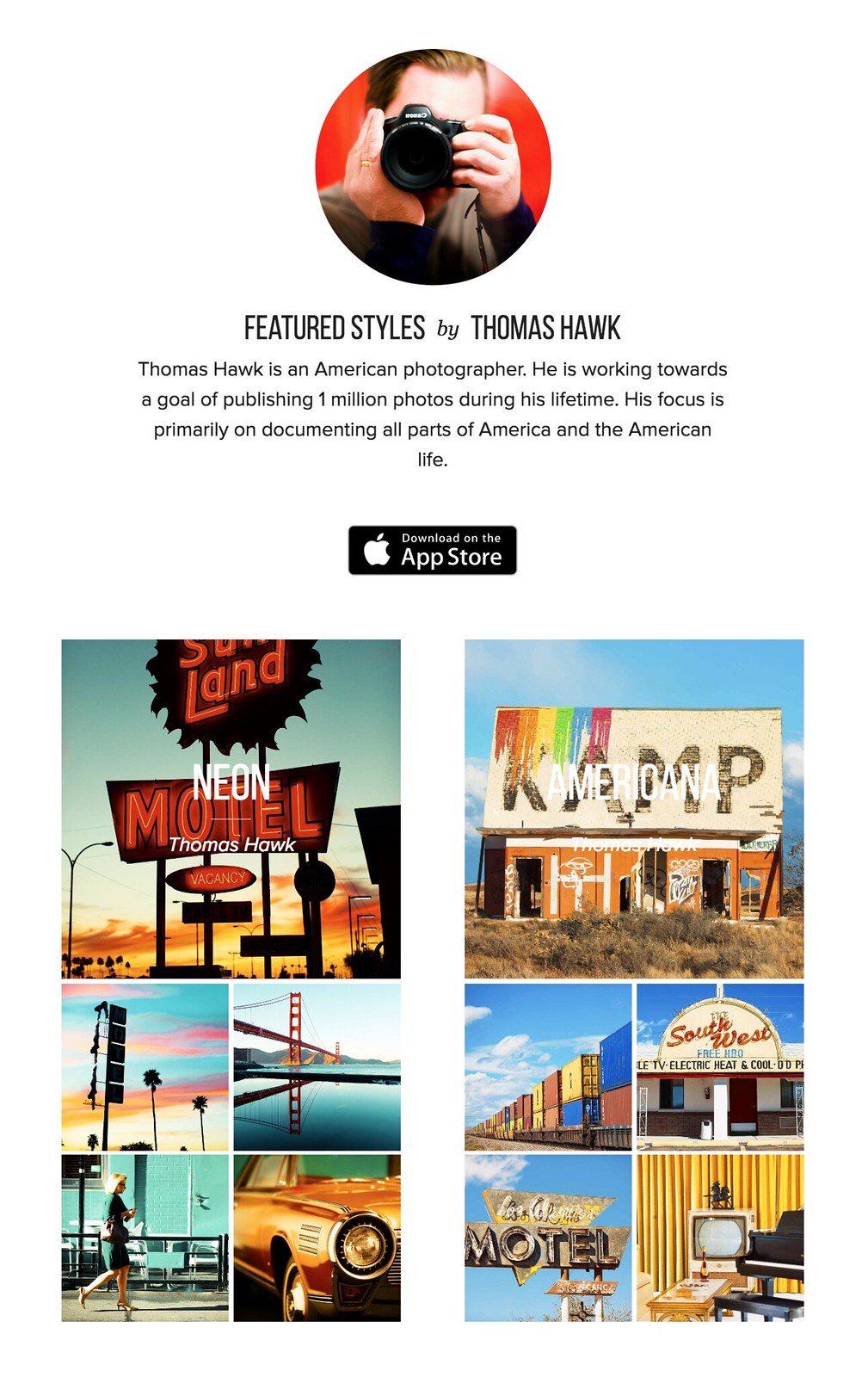


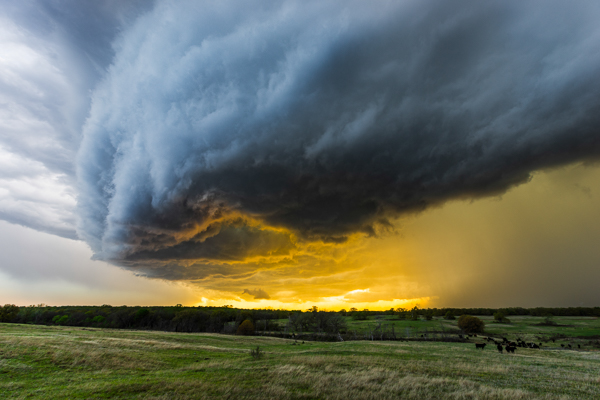
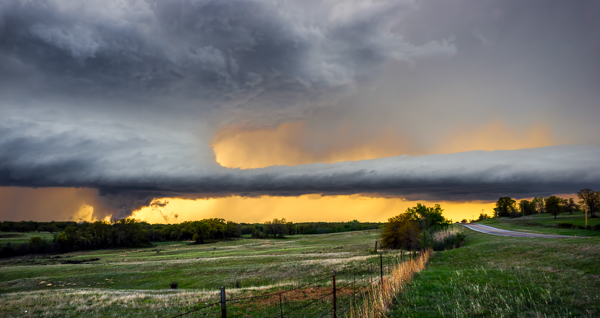
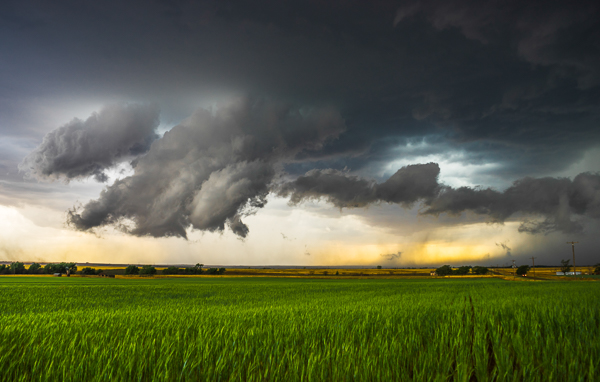
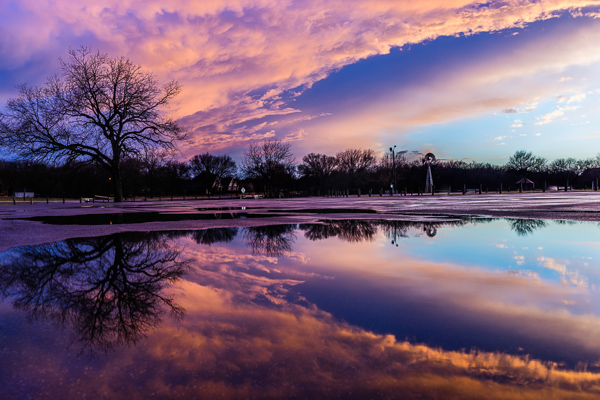




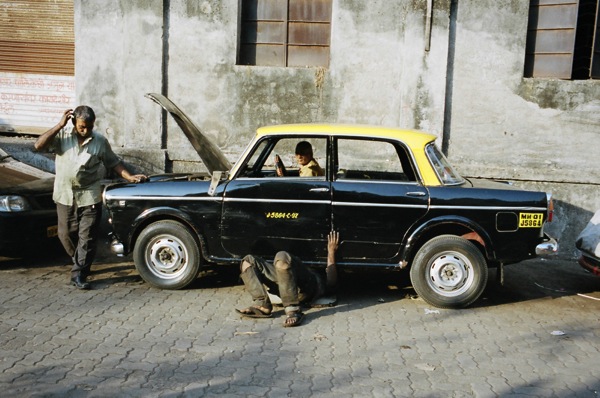
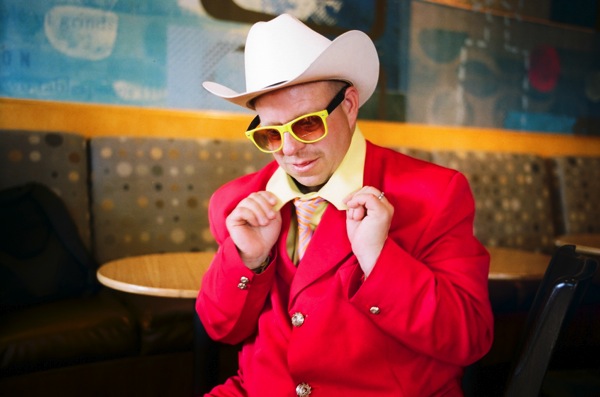
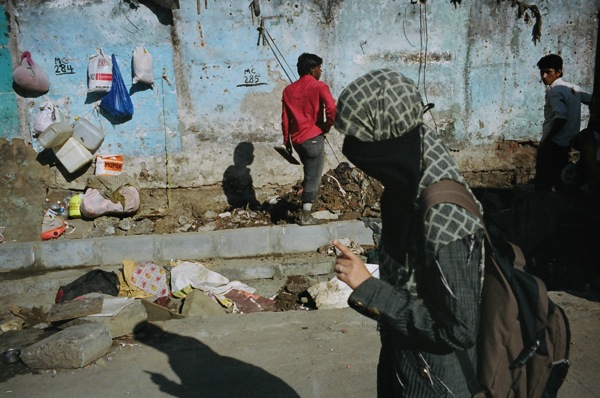
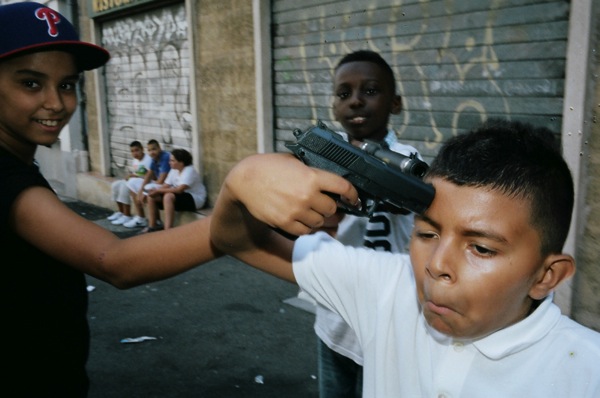
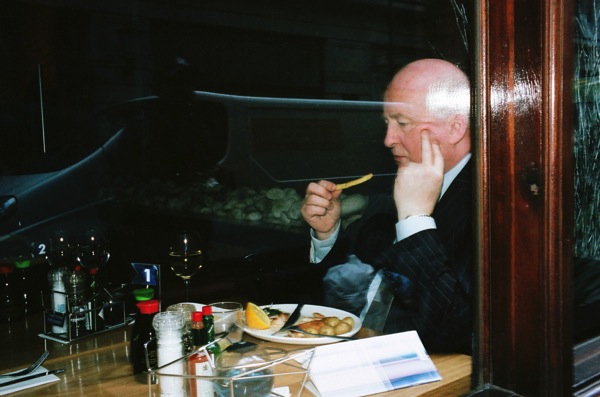


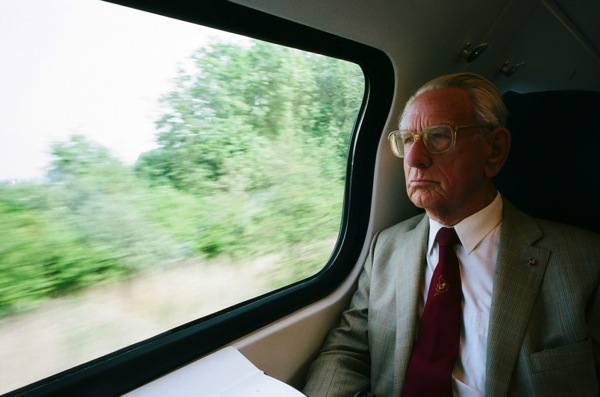
You must be logged in to post a comment.